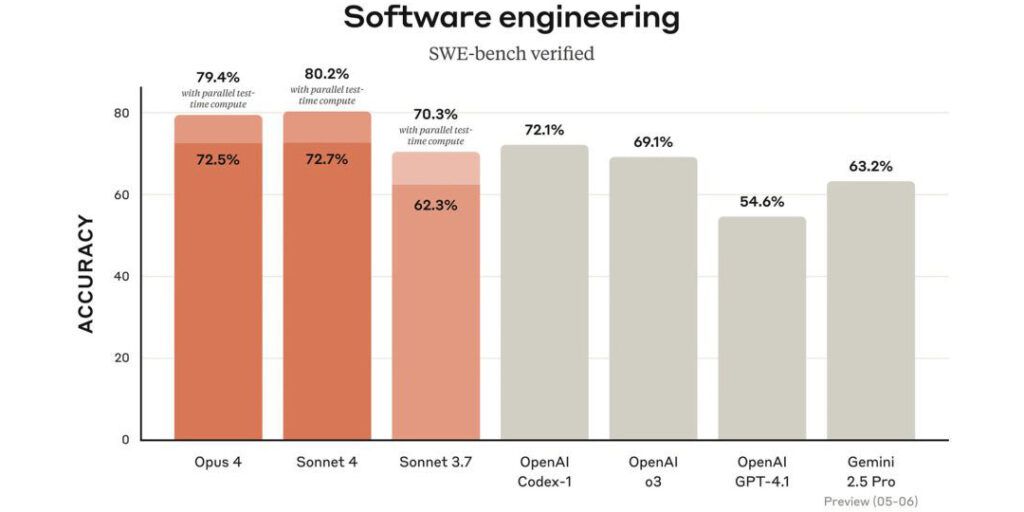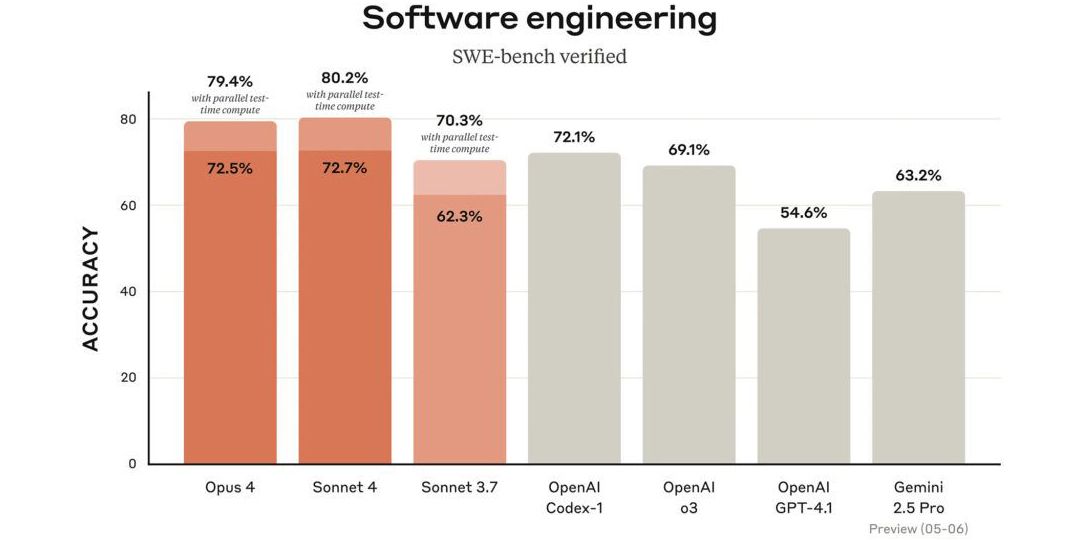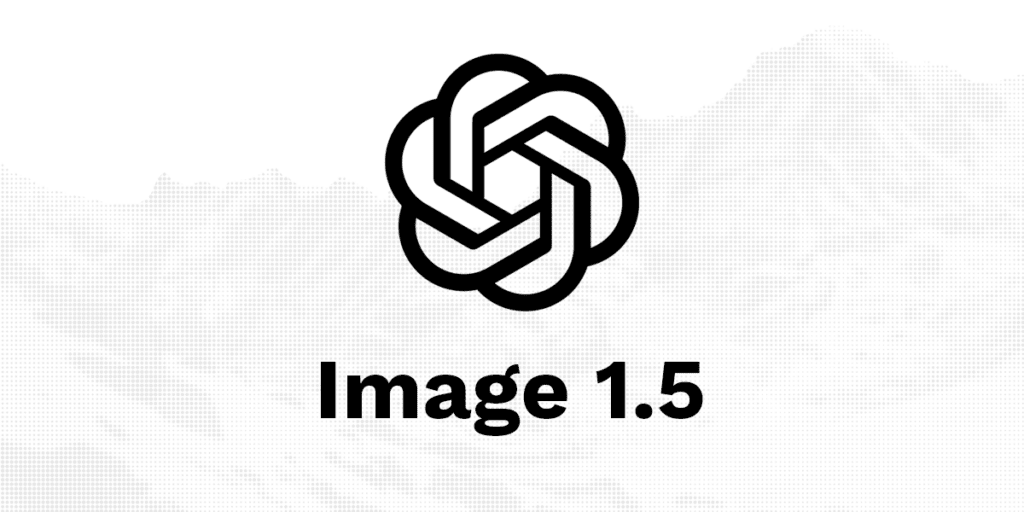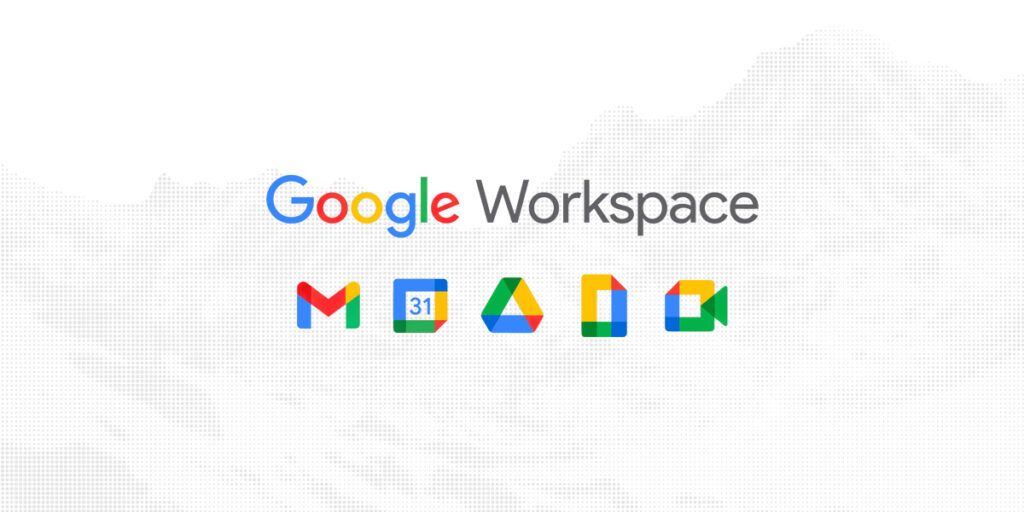May 23, 2025 – Anthropic has officially launched the next generation of its AI models, introducing Claude Opus 4 and Claude Sonnet 4 on the 22nd of May 2025. These models set a new industry standard for advanced reasoning, coding, and AI agent capabilities, promising to transform how developers and organizations leverage artificial intelligence.
Claude Opus 4: The world’s best coding model
Claude Opus 4 is being hailed as the most powerful coding model available today. It leads industry benchmarks, achieving a remarkable 72.5% on SWE-bench and 43.2% on Terminal-bench. Opus 4 is designed for sustained, complex, and long-running tasks, capable of working continuously for several hours without performance degradation. This makes it ideal for powering sophisticated AI agents and tackling intricate software engineering challenges.
Industry leaders are already praising Opus 4:
- Cursor calls it “state-of-the-art for coding.”
- Replit notes “dramatic advancements for complex changes across multiple files.”
- Block reports improved code quality during editing and debugging.
- Rakuten validated its performance with a demanding seven-hour open-source refactor.

Claude Sonnet 4: Performance meets practicality
Claude Sonnet 4 builds on the strengths of its predecessor, Sonnet 3.7, and delivers a balanced blend of performance and efficiency. Scoring 72.7% on SWE-bench, Sonnet 4 is ideal for both internal and external use cases, offering enhanced steerability and precise instruction-following. While it doesn’t quite match Opus 4 in every domain, it provides an optimal mix of capability and practicality, making it a compelling upgrade for everyday AI needs.
Notably, GitHub has announced that Sonnet 4 will power the new coding agent in GitHub Copilot, citing its prowess in agentic scenarios and complex instruction handling.
Extended thinking and tool use
A standout feature of the Claude 4 models is extended thinking with tool use (beta). Both Opus 4 and Sonnet 4 can now utilize tools like web search during their reasoning processes, alternating between deep thought and real-time information retrieval. This parallel tool execution, combined with enhanced memory capabilities, allows the models to maintain context and continuity over long projects, paving the way for more autonomous and reliable AI agents.
Claude code: Now generally available
Anthropic is also rolling out Claude Code to the wider developer community. After a successful research preview, Claude Code now supports background tasks via GitHub Actions and integrates natively with popular IDEs like VS Code and JetBrains. Developers can now experience seamless pair programming, with Claude’s suggestions and edits appearing directly within their files.
Additionally, a new Claude Code SDK enables developers to build custom agents and applications, further expanding the possibilities for AI-driven development.
New API capabilities
Anthropic is releasing four major new API features:
- Code execution tool
- MCP connector
- Files API
- Prompt caching for up to one hour
These capabilities empower developers to create more powerful, context-aware AI agents and applications.
Safety, pricing, and availability
Both Claude Opus 4 and Sonnet 4 are available through the Anthropic API, Amazon Bedrock, and Google Cloud’s Vertex AI. Pricing remains consistent with previous models: Opus 4 at $15/$75 per million tokens (input/output) and Sonnet 4 at $3/$15.
Anthropic emphasizes its commitment to safety, with extensive testing and new measures to minimize risks and maximize reliability, including higher AI Safety Levels (ASL-3).
Conclusion
With the launch of Claude 4, Anthropic is pushing the boundaries of what AI can achieve in coding, research, and beyond. Whether you’re a developer looking to supercharge your workflow or an organization seeking advanced AI solutions, Claude 4 represents a significant leap forward in artificial intelligence.
Ready to experience the future of AI? Get started today with Claude, Claude Code, or your preferred platform.
For more details, visit Anthropic’s official announcement.







